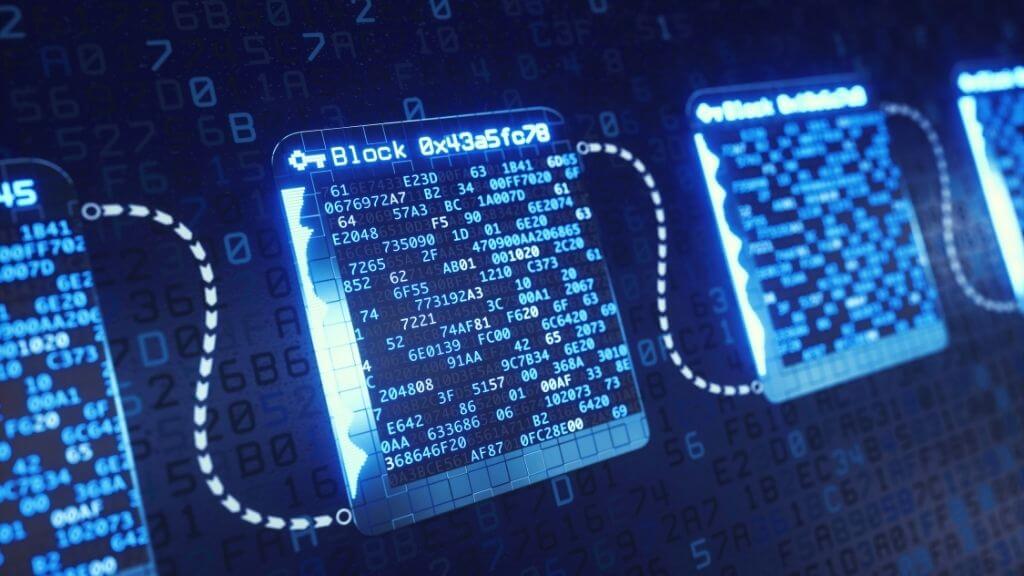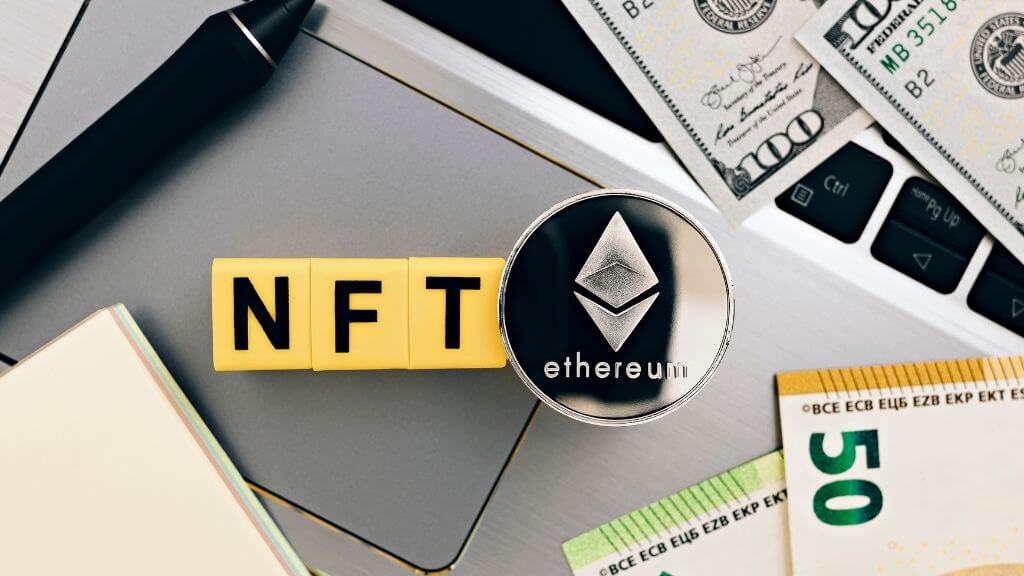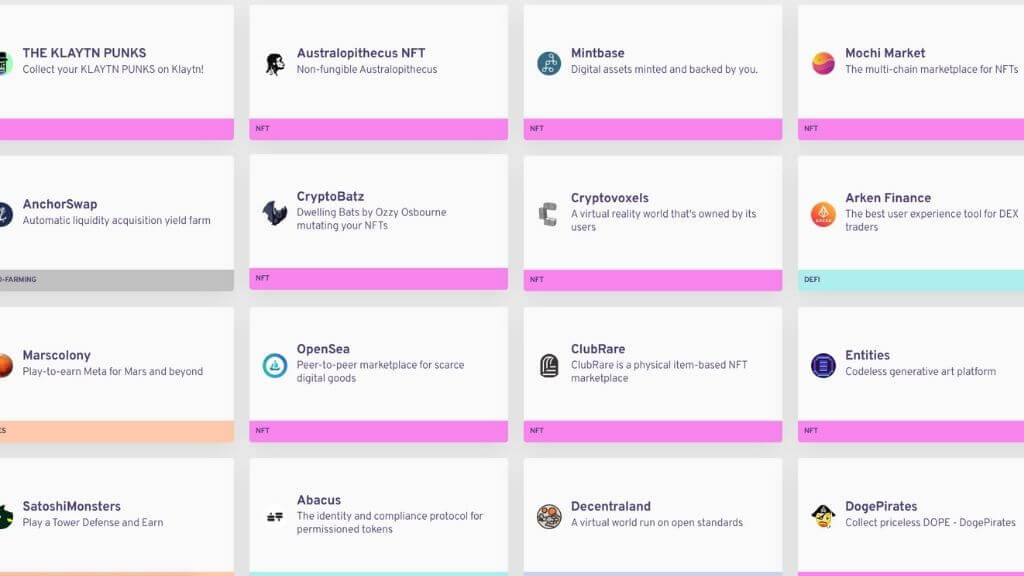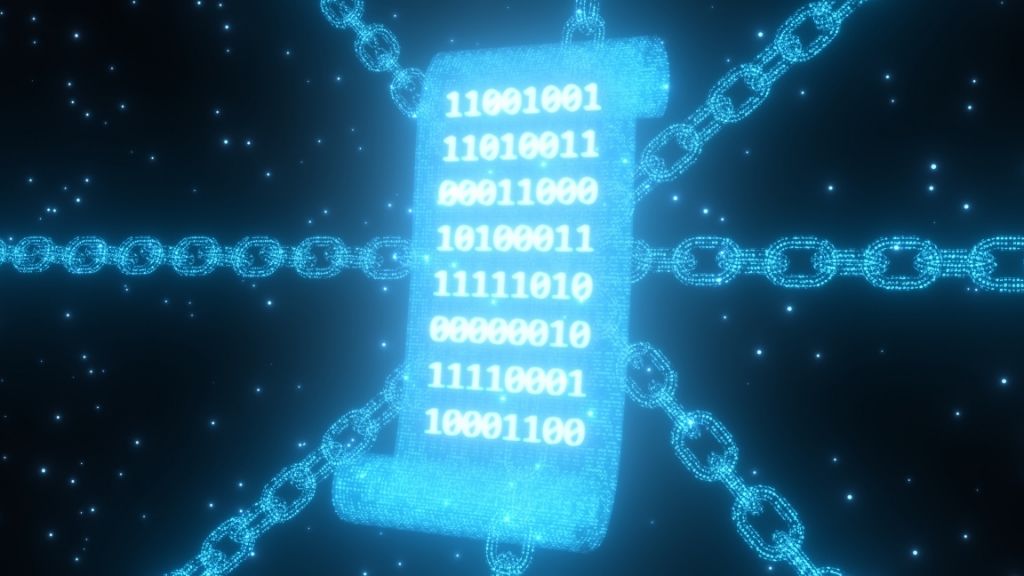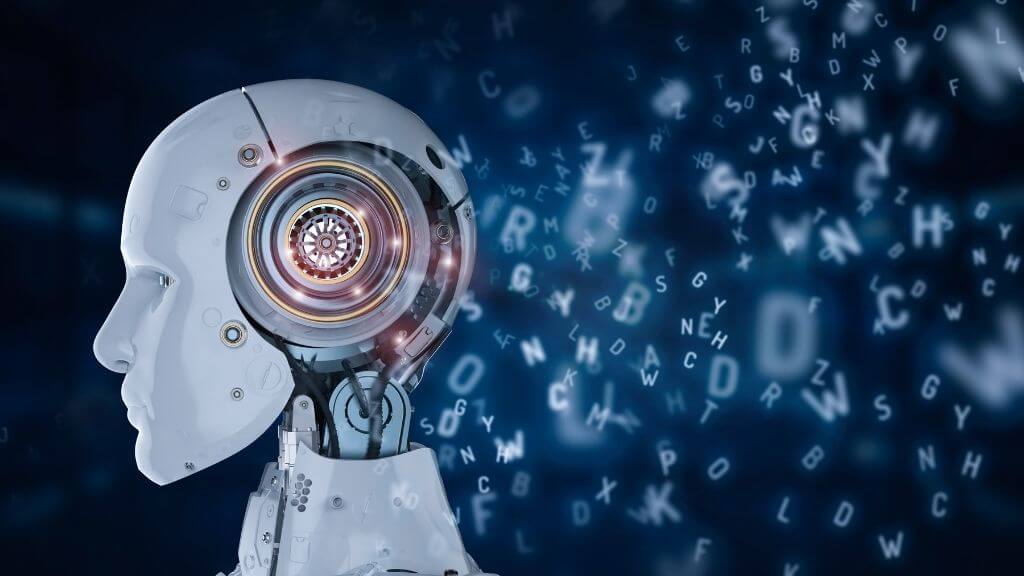WEB 3.0 (or as it’s more commonly known “Web3”) is a relatively loose set of ideas about how the future web should look and operate. We are currently somewhere between the world of Web 2.0 and Web 3.0, and the exact shape of the future web isn’t set by any means. We’ll explore what Web3 is and look at some specific examples of technologies that fit the Web3 mold.
The Internet and the Web are Different
One important fact you need to be aware of before we start any discussion on the web is that it’s different from the internet. The internet is the physical network equipment and computers that keep the world connected, along with the internet protocol describing how all these devices speak to each other. If you want to know more about internet architecture, check out Who Owns the Internet? Web Architecture Explained.
The web is one type of service (or group of services) that runs on the internet. It’s the most common user-facing part of the internet, but other services (such as FTP or BitTorrent) are not part of the web. They just share the same bandwidth.
The Evolution of the Web: Web 1.0 and Web 2.0 Explained
The World Wide Web first came into its own in the mid-90s. This is what’s now thought of as Web 1.0. Early websites were hosted in many places. Some were on large servers inside a company’s IT department, and others were hosted on people’s home computers. Web content wasn’t yet centralized into the giant data centers we know today.
Web 1.0 content mainly was “read-only” static Web pages that weren’t interactive. In other words, you’d visit a website to get information, but you wouldn’t give it any data back. That’s the defining difference between Web 1.0 and Web 2.0.
With Web 2.0, information began flowing in both directions. This was the age of social media platforms and user-generated content. On this social web, end-users put their photos, personal information, and more onto social networks like Facebook and LinkedIn, where everyone could see it.
Hosting services began to centralize into data centers owned by a small handful of powerful tech companies. Web browsers became so advanced that they could essentially run web applications with sophisticated 3D graphics.
User data is the most valuable commodity to these organizations, who use it to boost eCommerce or sell it to third-party players. Search engine giant Google is perhaps the most famous example. Still, companies like Microsoft and Amazon are invested in providing centralized web services that suck up personal data and convert it into profitable insights.
The Values of Web3
At its core, the idea of Web3 is a web that’s not controlled by a small number of central authorities. Whether these are governments or corporations is irrelevant, Web3 (theoretically) puts user data and web content into users’ hands. It also allows for a web where users can profit directly from their data and all that money moving around the web every day.
The term “Web3” was coined back in 2014 by Gavin Wood, a co-founder of the Ethereum blockchain, which we’ll be discussing a little later.
Web3 is meant to conform to specific values. For one thing, it’s decentralized and doesn’t have a central authority that owns all the data and profits from it. Web3 applications are open source. This means that everyone can transparently look at the algorithms and software functions in an app without the possibility of sneaking in back doors.
So, in summary, Web3 is a democratized web-based on an open-source application that gives users complete control of their data and the means to share in the profits generated by their content.
Tim Berners-Lee and the Old Web 3.0
There’s some confusion because another completely different concept named Web 3.0 was coined by “father of the web” Tim Berners-Lee. The World Wide Web Consortium (W3C) outlined Web 3.0 (the “Semantic Web”) as an extension to the Web technology standard.
The semantic web may be harder to wrap your head around than Web3. Still, it boils down to formal metadata standards that allow for all kinds of machine-to-machine operations, which in turn would allow for a semantic understanding of web content.
In practice, this Web 3.0 hasn’t become a reality, although modern web technology can already do some things that the Web 3.0 idea describes. We won’t say more about the semantic web here, but keep in mind that some things you might read under the label Web 3.0 is about something completely different than Web3, while “Web3” only refers to what we’re discussing here.
Now that we’ve cleared up the difference between Web 3.0 and Web3, let’s look at some web technologies that qualify as Web3.
1. Blockchain Technology
Blockchain technology is perhaps the one technology that most inspired the idea of Web3, and so it’s the most on-the-nose example. Many other Web3 technologies rely on a blockchain to work, so it is foundational to Web3.
For an in-depth explanation of blockchain technology, check out HDG Explains: What Is a Blockchain Database? But if you don’t have the time, here’s the gist of it.
The blockchain is a ledger or record of transactions. The blockchain exists in its entirety on multiple computers spread across the internet. Whenever a new “block” of transactions is added to the chain, all database copies must agree and be amended. All transactions are open to public view and permanent.
Any attempt to meddle with the record corrupts the chain, and since validated copies of the database are spread all over the web, no central authority can control it. Blockchain technology can be used for any application to keep a record of transactions, but most people associate it with cryptocurrency, which we’ll tackle next.
2. Cryptocurrency
Cryptocurrency (also known as “crypto”) is decentralized digital cash that isn’t controlled by any government or a central authority like a bank. Cryptocurrency uses blockchain technology to record how much currency there is and who holds what amount of it.
The supply of cryptocurrency is increased through “mining,” which provides computational power to run the blockchain in exchange for new currency. At least, that’s the way it works with “classic” cryptocurrencies like Bitcoin. In the case of the Ethereum blockchain, for example, end-users pay a “gas fee,” which is received by Ethereum miners who process transactions.
3. Initial Coin Offerings (ICOs)
Initial Coin Offerings are related to cryptocurrencies because the “coins” on offer are crypto. When you invent a new type of cryptocurrency (presumably with an exciting innovation), you need initial money to get the ball rolling.
People who put money into an ICO are buying your crypto while it’s not worth anything, hoping that, like Bitcoin and Ethereum, the value of the crypto will explode and make them a fortune overnight.
ICOs are sometimes sold more like shares in a company, although they confer no ownership to buyers. The value of the coins is then linked to how valuable the company or its products promise to be. This is why ICOs have been so popular with startups looking for alternative funding that doesn’t involve a bank, angel investors, or venture capital.
There has been a lot of hype around ICOs, but scams have also plagued them, and many folks have lost their money. That’s because ICOs are not yet regulated the way an IPO (Initial Public Offering) is, and anyone can launch an ICO.
4. Non-Fungible Tokens (NFTs)
This is probably one you’ve already heard of, but NFTs are another cornerstone of Web3. NFTs are essentially a form of crypto, but each NFT is unique and cannot be exchanged for another. That’s what the non-fungible part of the name means. NFTs are linked to digital or physical assets in the same way that the paper title deed for a house represents ownership.
One big catch is that any legal authority does not necessarily recognize NFTs, so ultimately, all you’re buying at this point is control over a string of letters and numbers. However, as NFT technology evolves and perhaps benefits from legislation, that may change.
If you’re interested to know more about NFTs, have a look at 5 Apps to Create NFTs on Your iPhone and How to Sell Them.
5. Decentralized Apps (dApps)
When you use a cloud-based service like Google Docs, you’re using a centralized app. Google has access to all the information in your documents, can read it all, and control it. The tradeoff is that we can store our information in the cloud, easily collaborate with others, and enjoy a long list of other cloud-app conveniences.
But what if you could have the advantages of these cloud services without submitting to a central authority? That’s where decentralized apps or “dApps” come into the picture. Most dApps use the Ethereum blockchain to do their online computation, and so that computation is paid for using Ethereum “gas” fees.
However, dApps conform to Web3 requirements to be public, open-source, and secured through cryptography. So dApp users control their data and who can see it while benefiting from cloud-based computing power to run whatever function a specific dApp is designed for. If you want to see what dApps are available, check our State of the dApps, which record the most important ones.
The Ethereum blockchain is designed to support Web3 technologies from the ground up and even has a dedicated JavaScript library called Web3.js to help developers get going with their Web3 projects quickly.
6. Smart Contracts
If you buy a car today and take a loan from the bank to do it, there’s a lot of paperwork involved. The bank sets up a contract with you describing the rights and obligations of both parties. According to the contract, if you default on your payment, the bank has to enforce specific actions (such as repossessing the car) according to the agreement.
Smart contracts can do precisely the same job, but they don’t require a central authority to enforce or monitor anything. It all happens automatically according to the rules and logic of the contract.
Smart contracts make it possible to provide financial services, or draw up legal agreements between parties, in a much more affordable way than traditional contacts. They are also much fairer and can’t be manipulated once activated.
Of course, like any contract, a smart contract is only as good as the terms and logic within it, but assuming that the contract is a fair one, then a smart contract will be enforced with impartiality.
7. Distributed Computing (Edge Computing)
Edge computing is all about delivering online data and services as close to where it’s being requested or generated as possible. Edge computing is almost the antithesis of “Big Data” computing in massive centralized computer centers, whereas edge computing happens at the literal edges of the network.
For example, data might be processed on your local PC before being sent along to a central location to be aggregated. This means you can combine the processing power of devices along the edges of your network into one giant decentralized supercomputer. With billions of IoT (Internet of Things) devices collecting information in smart homes, factories, and retail stores, having enough computing power to process that data is a real challenge. Edge computing offers a way to meet those demands, save on bandwidth, and deliver on data requests quickly.
8. Decentralized Autonomous Organizations (DAOs)
An organization, like a business or charity, has a centralized structure. There’s command and control from executives and management at every level to coordinate all the different people who contribute to the work that has to be done.
A DAO flattens out that entire structure. There is no CEO, CFO, or anything like that. Every member of the organization has a voice and decides when money is spent from the treasury and on what.
The organization’s rules are encoded using innovative contract technology in a permissionless (aka trustless) blockchain. There’s no need for the complex and costly administrative departments that traditional organizations have developed to keep everything going. DAOs also make it virtually impossible to commit fraud since every transaction and its history is open to public scrutiny,
9. Machine Learning and Artificial Intelligence
In the past few years, we’ve seen the rapid rise of machine learning technology and other significant areas of artificial intelligence. Our smartphones are packed with these technologies, which is how applications like Apple’s Siri work. Thanks to Natural Language Processing (NLP), you can speak to an intelligent agent, and they can parse what you’re asking for.
Machine learning is also used to process massive amounts of data in real-time to predict our needs and behavior. Thanks to the Internet of Things (IoT), we have intelligent network-connected devices everywhere. This creates many opportunities to gather data and make something valuable from it.
Let’s look at services like Wolfram Alpha, which uses artificial intelligence to generate knowledge from data. We get a taste of what a democratized web with public data open to everyone could be like.
10. The Metaverse
The Metaverse is another ill-defined concept that looks like it will overlap and interlink with Web3 concepts, should either ever come to fruition.
The Metaverse is a vision of what our future interface to the web will look like. It depends heavily on virtual reality (VR) and Augmented Reality (AR) to create a persistent and integrated user experience.
In the Metaverse, the digital items you own blend with the natural world, and you interact with the web in a much more embodied way. It’s a little like the virtual world of Ready Player One, but hopefully just a little less dystopian.
Web3 Has Serious Challenges
The predicted third generation of the web sounds exciting on paper, but practical challenges stand in the way of becoming a reality, at least in its pure, idealistic form. Web3 represents a level of connectivity that’s never before been seen on the internet. As complex as the modern web is, it’s nothing compared to the sheer number of nodes involved in the Web3 scenario focusing on a decentralized web.
However, the biggest problem with Web3 is not an issue of technology but one of politics. There are serious questions about privacy. Despite being open to public scrutiny, what new methods of fraud and manipulation does it make possible? Can we completely move away from certain central authorities? Web3 is so radical in concept that it will be some time before we know the answers to these questions, and in some cases, the risks of abandoning tried-and-tested systems might be too high for experimentation.








